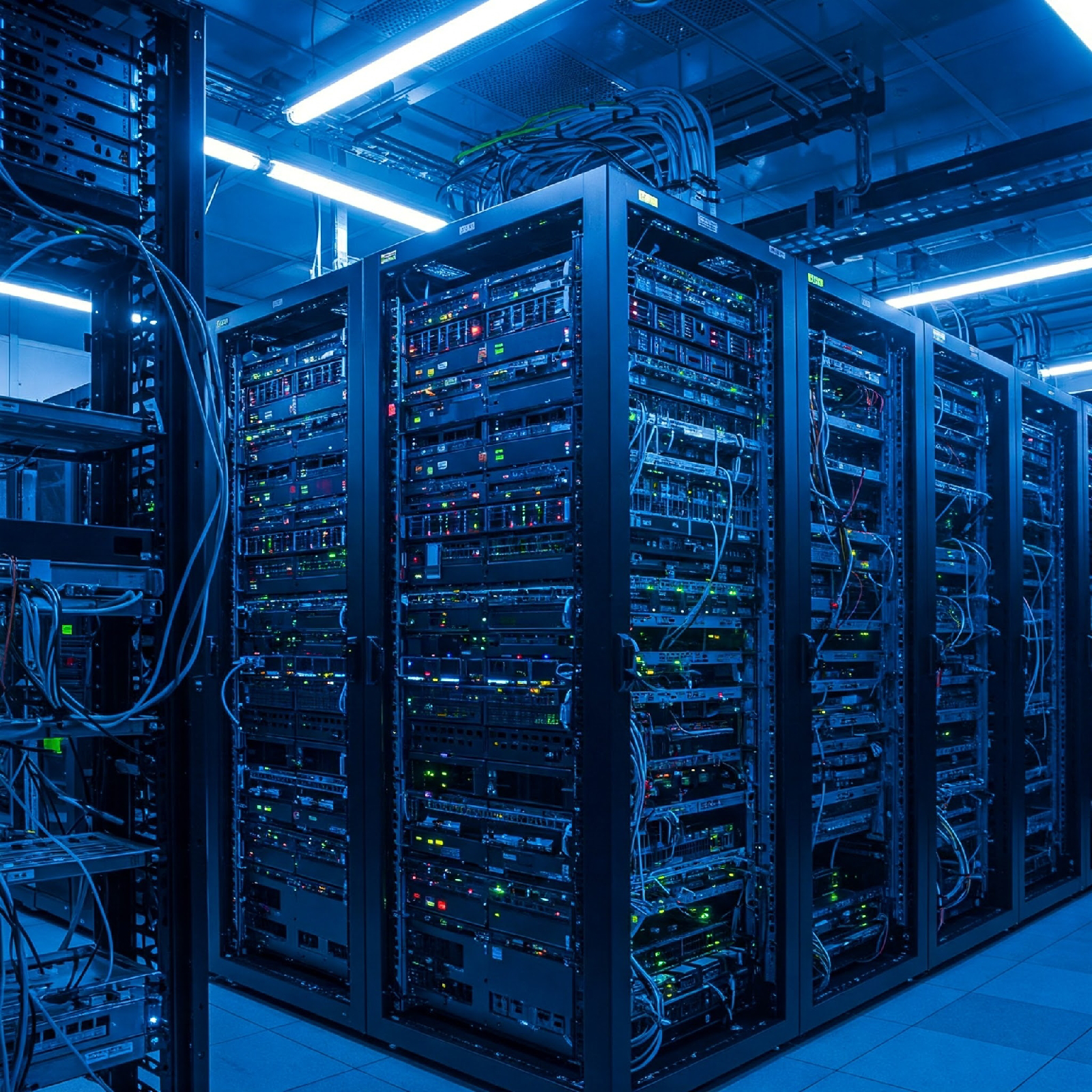Web3: Unlocking the Decentralized Future of the Internet
Web3: Unlocking the Decentralized Future of the Internet
Are you tired of big companies controlling everything you do online? Web3 offers a new way forward. It's the next step in the internet's evolution. Think of Web1 as read-only, Web2 as interactive, and Web3 as owned by you. Web3 is a significant paradigm shift. It leverages decentralization, empowers users, and enhances security, addressing many of the current internet's shortcomings.
Decentralization: Reclaiming Control of the Internet
Decentralization is the cornerstone of Web3. It means power isn't consolidated within a single entity, unlike the centralized systems we're accustomed to. Centralized systems are susceptible to control and surveillance. Web3 aims to dismantle this structure, ensuring no single authority dictates the internet's landscape.
The Promise of Peer-to-Peer Networks
Peer-to-peer (P2P) networks distribute power, eliminating reliance on central servers. This distributed architecture enhances resilience and fosters collaborative resource sharing. Imagine it as a community garden, where everyone contributes and benefits, rather than a corporate farm.
Eliminating Single Points of Failure
Decentralized systems are inherently more robust. The absence of a single point of failure means that if one node fails, the network remains operational. This resilience also thwarts censorship, ensuring a free and open internet.
Democratizing Data Ownership
In Web3, you reclaim ownership of your data. Corporations can no longer exploit your information without consent. This shift towards user-controlled data is a fundamental aspect of decentralization, restoring privacy and autonomy.
User Empowerment: Putting Users at the Forefront
Web3 empowers users to control their identity, data, and online experiences. Digital ownership becomes a reality, fostering a more equitable internet.
Self-Sovereign Identity
Self-sovereign identity allows you to manage your digital identity independently, bypassing reliance on centralized platforms like Facebook or Google. You decide who accesses your information, ensuring privacy and control.
Tokenization and Ownership
Non-fungible tokens (NFTs) exemplify tokenization, enabling ownership of digital assets like art and music. These unique tokens establish verifiable ownership, creating new digital economies for buying, selling, and trading digital assets.
Governance and DAOs
Decentralized Autonomous Organizations (DAOs) facilitate collective decision-making through blockchain technology. Transparent and fair voting mechanisms empower users to participate in platform governance, ensuring democratic control.
Enhanced Security: Fortifying the Digital Realm
Web3 leverages blockchain and cryptography to bolster online security, protecting data and transactions from malicious actors.
Blockchain Technology and Immutability
Blockchain provides an immutable digital ledger, where each transaction is recorded in a linked block. This tamper-proof system ensures transparency and security.
Cryptographic Security
Cryptography employs mathematical algorithms to encrypt data, ensuring only authorized parties can access it. Web3 utilizes cryptography to secure transactions and identities, safeguarding user information.
Reducing Data Breaches
Decentralization mitigates the risk of large-scale data breaches by distributing data across multiple nodes. This distributed approach limits the impact of potential hacks.
Use Cases and Applications: Web3 in Action
Web3 is transforming various sectors, including finance, art, and social media.
Decentralized Finance (DeFi)
DeFi platforms facilitate lending, borrowing, and trading without intermediaries, using smart contracts to automate processes. Yield farming and other innovative financial mechanisms are democratizing access to financial services.
NFTs and Digital Collectibles
NFTs are revolutionizing the art world, enabling artists to sell directly to consumers. In gaming, NFTs allow ownership of in-game assets. These tokens empower creators and collectors alike.
Decentralized Social Media
Web3-based social media platforms prioritize user control over data and content, offering enhanced privacy and freedom as alternatives to traditional social media giants.
Challenges and Limitations: Addressing the Hurdles
Web3 faces several challenges that must be addressed for widespread adoption.
Scalability Issues
Blockchain's transaction throughput is limited compared to traditional payment systems. Layer-2 solutions are being developed to enhance scalability.
Regulatory Uncertainty
The lack of clear regulatory frameworks creates uncertainty, potentially hindering innovation. Finding the right balance between regulation and innovation is crucial.
User Experience and Accessibility
Web3's complexity can be daunting for newcomers. Simplifying user interfaces and improving accessibility are essential for broader adoption.
Conclusion











